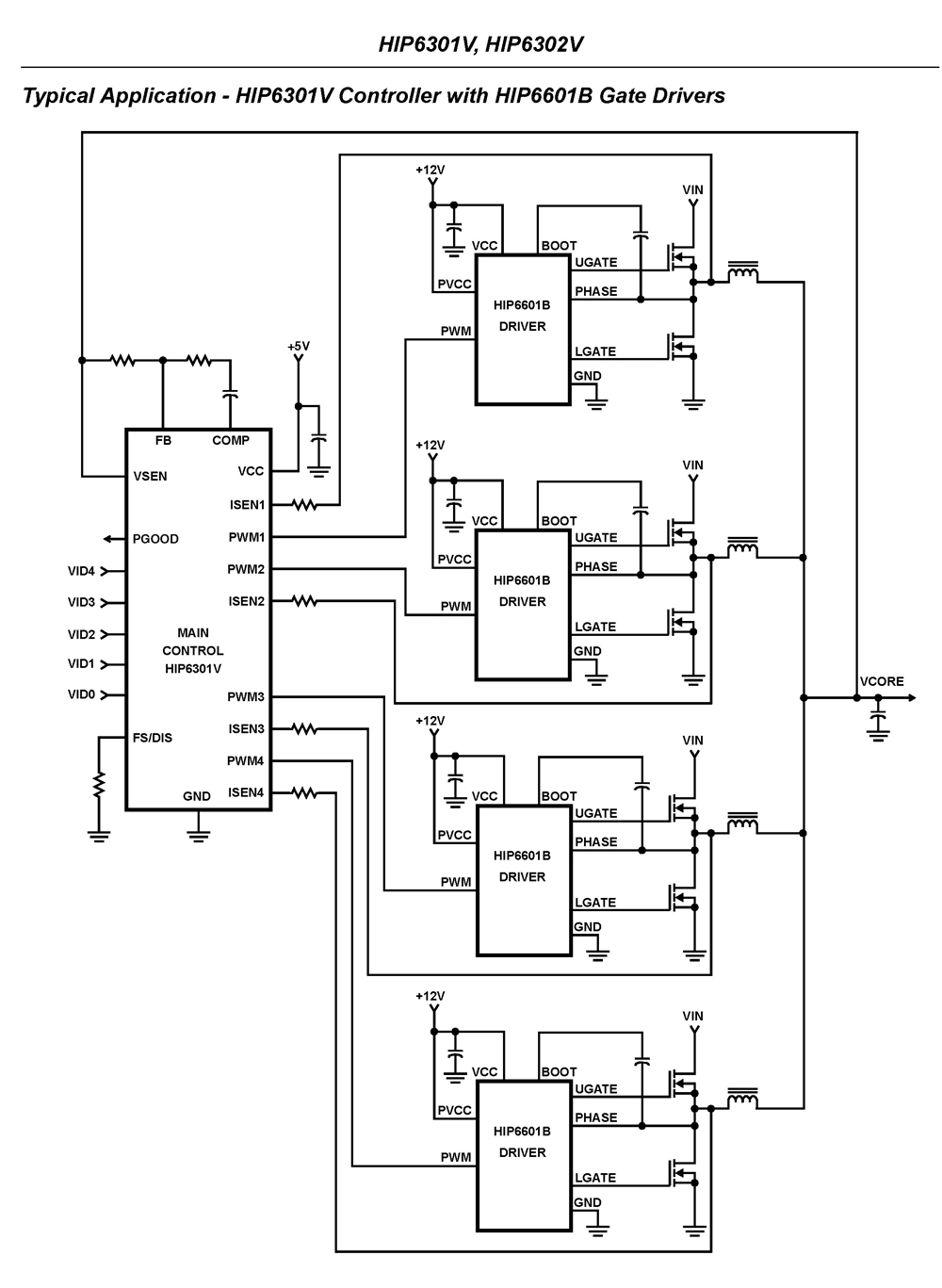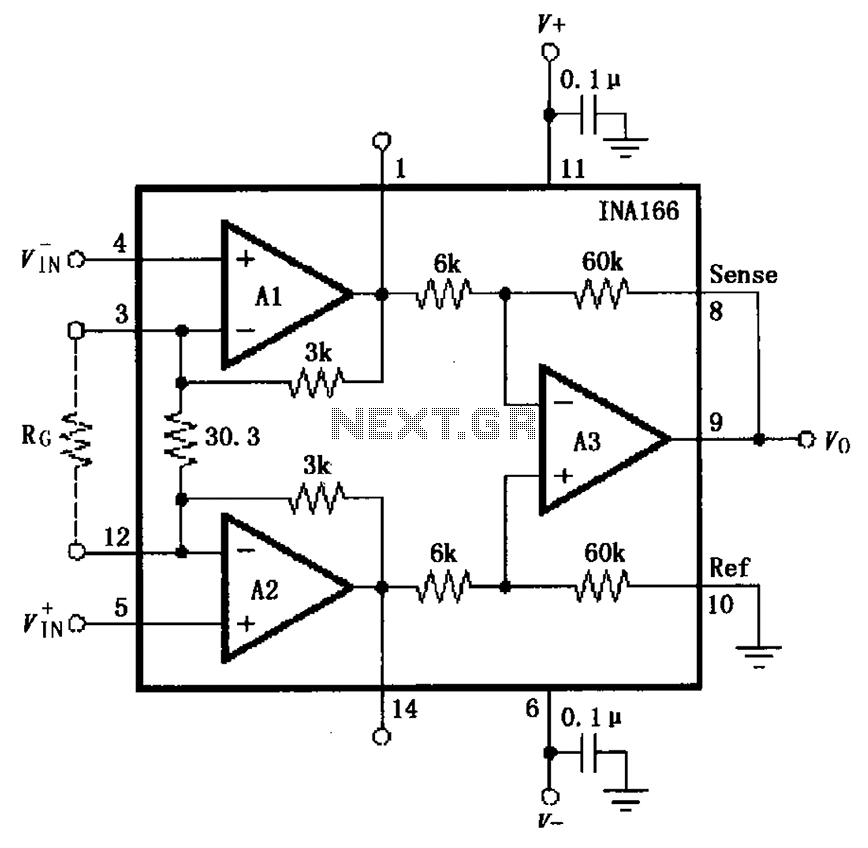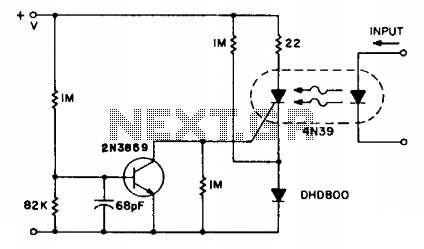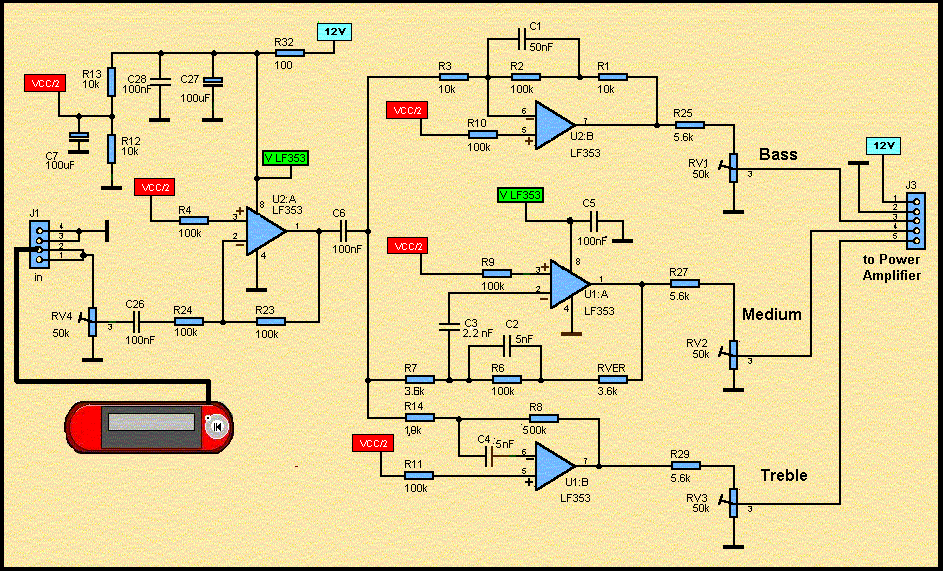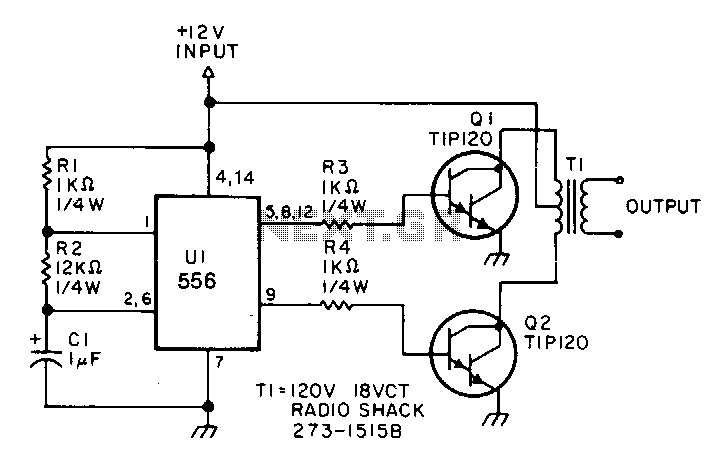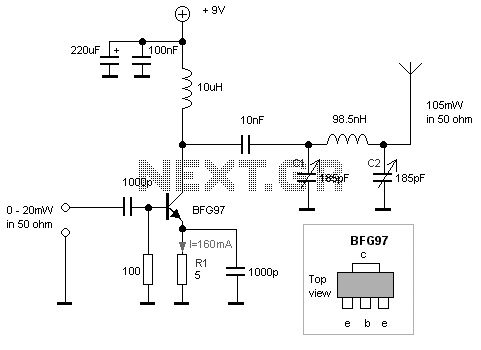
Switching power supply monolithic switching regulator DN-25 configuration
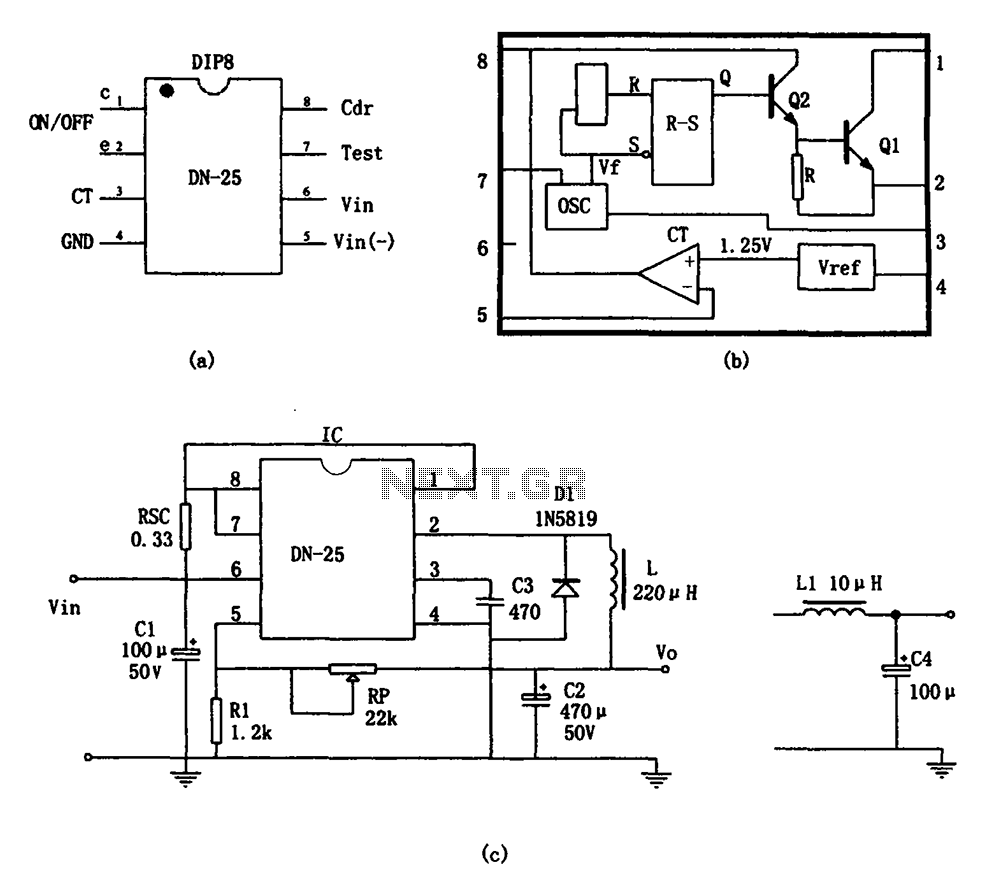
As shown in the figure, the DN-25 IC is a switching power supply. The DN-25 is a monolithic switching power supply device suitable for medium output current applications and a wide voltage range. Its main performance indicators include an input voltage (VIN) of 3 to 40V, an adjustable output voltage (VO) of 1.25 to 24V, a maximum output current (IOM) of 1A, a maximum output power (POM) of 36W, and a load short-circuit current limit (IOSH) of 1.1A. The DN-25 is packaged in an 8-pin dual in-line package (DIP-8). The internal circuit consists of an oscillator (OSC), an RS flip-flop, an output switch, a voltage reference (VREF 1.25V), and a comparator. The frequency of the internal oscillator (f) is determined by the timing capacitor (CT), with f = 1/CT. Upon activation, the oscillator starts, and the output signal is converted by the RS flip-flop to produce a rectangular pulse excitation voltage. This signal is then amplified through a Darlington pair (Q1, Q2) at the output pin. The output voltage (VO) can be adjusted by varying the voltage at the inverting input pin of the voltage comparator. This adjustment alters the pulse width of the RS flip-flop output, thereby changing the output voltage (VO). With a power supply voltage (VIN) of 25V, the output voltage is given by the formula VO = VREF (1 + RP/R), where stability is 0.12%, load regulation is 0.03%, the short-circuit current limit (IOSH) is 1.1A, efficiency is 82.50%, and ripple is less than 120mVp-p. To further reduce ripple, an LC filter can be added to the output.
The DN-25 IC switching power supply is designed for applications requiring reliable and efficient voltage regulation. The device operates over a broad input voltage range, making it versatile for various applications. The adjustable output voltage allows for customization based on specific requirements, making it suitable for a wide range of electronic devices.
The internal architecture of the DN-25 is pivotal for its functionality. The oscillator generates a pulse-width modulation (PWM) signal, which is critical for controlling the output voltage. The RS flip-flop plays a significant role in maintaining the stability of the output frequency, ensuring that the output pulse maintains its desired characteristics. The Darlington pair configuration at the output stage allows for higher current gain, facilitating the delivery of the maximum output current of 1A.
The voltage reference and comparator are essential for achieving precise voltage regulation. By adjusting the feedback through the inverting input of the comparator, the output voltage can be finely tuned. This feature is particularly important in applications where voltage stability is crucial.
The performance metrics of the DN-25 demonstrate its efficiency and reliability. An efficiency rating of 82.50% indicates effective power conversion, minimizing energy loss. The load regulation of 0.03% suggests that the output voltage remains stable under varying load conditions, while the short-circuit current limit protects the circuit from damage during fault conditions.
In applications where ripple voltage can affect performance, the addition of an LC filter can significantly enhance output stability. This filter smooths the output waveform, reducing the ripple to acceptable levels for sensitive electronic components.
Overall, the DN-25 IC represents a robust solution for switching power supply applications, combining flexibility, efficiency, and reliability in a compact package. As shown in FIG by DN-25 IC switching power supply. DN-25 is a monolithic switching power supply device, suitable for the production of medium output current, wide voltage rang e power supply. Its main performance indicators are as follows: Input voltage VIN 3 ~ 40V, output voltage Vo 1.25 ~ 24V (adjustable), the maximum output current IOM 1A, the maximum output power POM 36W, load short-circuit current limit IOSH 1.1A. DN-25 8-pin double-line package (DIP-8), the internal circuit includes: (1) an oscillator (OSC); (2) RS flip-flop; (3) output switch; (4) Voltage reference (VREF 1.25V) and a comparator.
DN-25 internal oscillator frequency f foot accessed by the timing capacitor CT decision, f 1/CT.When turned on, the oscillator start-up, the output signal by the RS flip-flop VF converting plastic to produce a frequency to maintain the original, rectangular pulse excitation voltage, after the Darlington circuit and then by Q1, Q2 composed amplified by the output pin. Adjust the output voltage V0 is achieved by adjusting the voltage comparator inverting input pin can be realized.
Change pin voltage can be adjusted RS flip-flop output excitation pulse width to cause a change in the output voltage Vo. The power supply VIN 25V, Vo (1 + RP/R) VREF, stability is 0.12%; load regulation of 0.03%; short-circuit current limit IOSH 1.1A; efficiency 82.50%; ripple is less than 120mVp-p.
To further reduce the ripple, you can add a section LC filter at its output.
The DN-25 IC switching power supply is designed for applications requiring reliable and efficient voltage regulation. The device operates over a broad input voltage range, making it versatile for various applications. The adjustable output voltage allows for customization based on specific requirements, making it suitable for a wide range of electronic devices.
The internal architecture of the DN-25 is pivotal for its functionality. The oscillator generates a pulse-width modulation (PWM) signal, which is critical for controlling the output voltage. The RS flip-flop plays a significant role in maintaining the stability of the output frequency, ensuring that the output pulse maintains its desired characteristics. The Darlington pair configuration at the output stage allows for higher current gain, facilitating the delivery of the maximum output current of 1A.
The voltage reference and comparator are essential for achieving precise voltage regulation. By adjusting the feedback through the inverting input of the comparator, the output voltage can be finely tuned. This feature is particularly important in applications where voltage stability is crucial.
The performance metrics of the DN-25 demonstrate its efficiency and reliability. An efficiency rating of 82.50% indicates effective power conversion, minimizing energy loss. The load regulation of 0.03% suggests that the output voltage remains stable under varying load conditions, while the short-circuit current limit protects the circuit from damage during fault conditions.
In applications where ripple voltage can affect performance, the addition of an LC filter can significantly enhance output stability. This filter smooths the output waveform, reducing the ripple to acceptable levels for sensitive electronic components.
Overall, the DN-25 IC represents a robust solution for switching power supply applications, combining flexibility, efficiency, and reliability in a compact package. As shown in FIG by DN-25 IC switching power supply. DN-25 is a monolithic switching power supply device, suitable for the production of medium output current, wide voltage rang e power supply. Its main performance indicators are as follows: Input voltage VIN 3 ~ 40V, output voltage Vo 1.25 ~ 24V (adjustable), the maximum output current IOM 1A, the maximum output power POM 36W, load short-circuit current limit IOSH 1.1A. DN-25 8-pin double-line package (DIP-8), the internal circuit includes: (1) an oscillator (OSC); (2) RS flip-flop; (3) output switch; (4) Voltage reference (VREF 1.25V) and a comparator.
DN-25 internal oscillator frequency f foot accessed by the timing capacitor CT decision, f 1/CT.When turned on, the oscillator start-up, the output signal by the RS flip-flop VF converting plastic to produce a frequency to maintain the original, rectangular pulse excitation voltage, after the Darlington circuit and then by Q1, Q2 composed amplified by the output pin. Adjust the output voltage V0 is achieved by adjusting the voltage comparator inverting input pin can be realized.
Change pin voltage can be adjusted RS flip-flop output excitation pulse width to cause a change in the output voltage Vo. The power supply VIN 25V, Vo (1 + RP/R) VREF, stability is 0.12%; load regulation of 0.03%; short-circuit current limit IOSH 1.1A; efficiency 82.50%; ripple is less than 120mVp-p.
To further reduce the ripple, you can add a section LC filter at its output.
